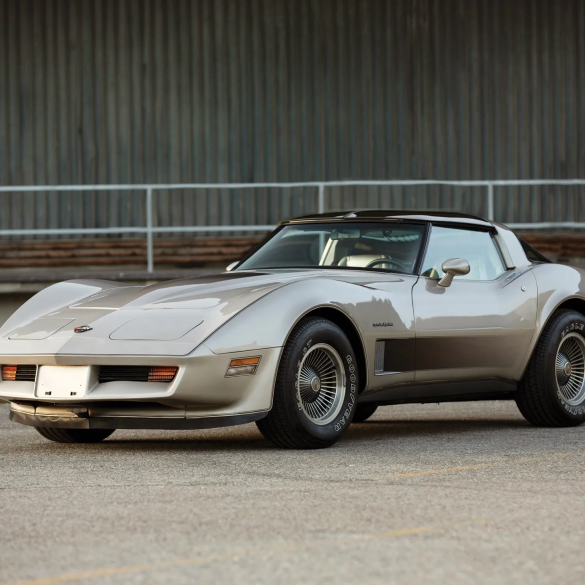1982 C3 Chevrolet Corvette Model Guide
History, Specifications, VIN, Options, Performance, & More
In-Depth Guide / Special Models / Videos & Pics / Technical Research / Colors / Engines / The Market / Latest
After General Motors opened the Corvette manufacturing plant in Bowling Green, Kentucky in the summer of 1981, many enthusiasts began to suspect that the arrival of a next-generation Corvette was imminent. Their suspicions were correct.
While most of the design specifics surrounding the new C4 Corvette model were still a carefully kept secret from the general public, it was known amongst automotive enthusiasts that a new model was coming, and that it would be another front-engine design keeping in the tradition of Corvette since 1953. Of course, it wasn’t only the introduction of a new manufacturing plant that indicated a coming change in Corvette’s near future.
Certain design changes to the 1981 C3 had already unveiled clues – such as the introduction of fiberglass mono-leaf springs – about what enthusiasts might expect from the next-generation Corvette.
Despite the certainty that the next-generation Corvette was close at hand, a decision was made by General Motors brass to continue production of the existing Corvette for one final year.
Chevrolet executives knew that testing out new manufacturing machinery and developing standardized assembly procedures made more sense when working on a familiar design, rather then trying to develop all of these production standards while simultaneously attempting to manufacture an all-new vehicle. Hence, the 1982 Corvette would, for one last model year, continue to be a third-generation model.
